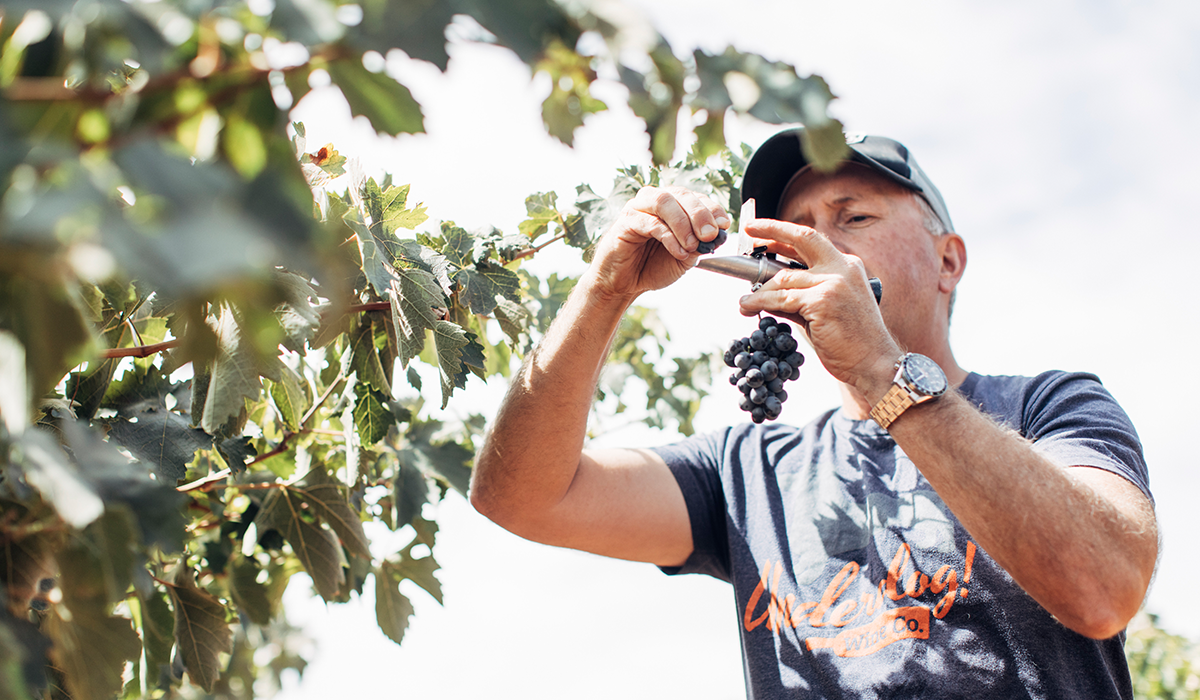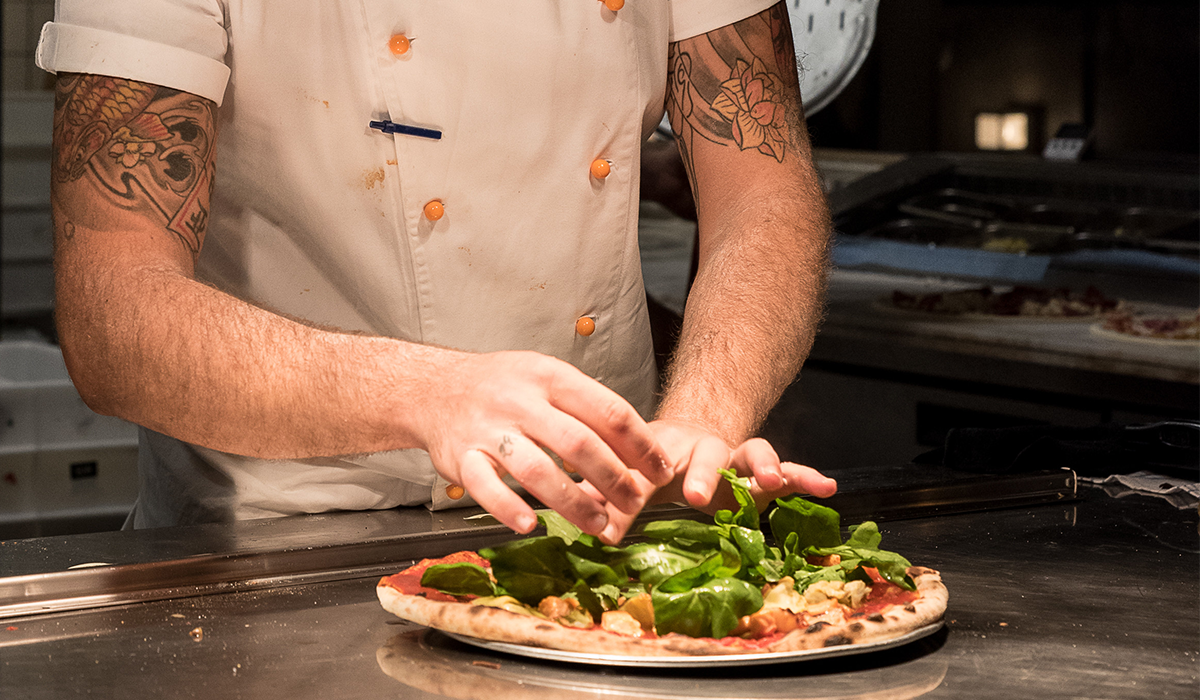Go to section: Negroamaro tasting characteristics | Origins of negroamaro | How to pair food with negroamaro | Serving temperature for negroamaro | The best Australian negroamaro regions
Negroamaro, meaning ‘dark bitter’, is native to Puglia, at the very southern tip of Italy. Here it’s often blended with primitivo to make a regional dry red– both varieties thrive in Puglia’s hot, dry growing conditions. These small, thick-skinned grapes are known for producing wines with deep colour, rich flavour and high tannins – the perfect basis for cellaring potential.
You’ll like negroamaro wines and blends if you like primitovo (also known as zinfandel), montepulciano, shiraz, malbec and sangiovese.

Negroamaro tasting characteristics
Negroamaro wines show dark fruit flavours such as black cherry, plum and blackberry, along with herbal and earthy notes. Some examples may also show hints of spices, tobacco, and licorice. Negroamaro wines tend to be high in tannins and alcohol, which contributes to their full-bodied nature and ageability.
Origins of negroamaro
Negroamaro has been grown in Puglia for centuries, making it one of the region's indigenous grape varieties. Its cultivation can be traced back to ancient times, possibly to the Greek settlers who established colonies in southern Italy.While negroamaro is mostly associated with the less restrictive DOC (Denominazione di Origine Controllata) and IGT (Indicazione Geografica Tipica) classifications, it’s a primary grape in red Salice Salentino, the most respected DOC in Puglia, where it’s often blended with malvasia.

How to pair food with negroamaro
It may not surprise you to hear that negroamaro is good friends with tomato-based pizza and pastas, what with its Italian roots. Pair richer, more full-bodied examples with grilled veggies and barbecued meats, lighter styles go well with game, chicken pot pie or herby roast lamb.
Serving temperature for negroamaro
The ideal serving temperature for negroamaro is 15–18 degrees. Due to its robust nature, negroamaro-based reds also benefit from decanting. Lighter, more modern styles, like those produced in Australia, could handle a slight chill.
The best Australian negroamaro regions
While not widely grown on these shores, negroamaro made its way to Australia via Chalmers Nursery in Merbein, near the VIC/NSW border (if there’s an Italian variety taking off in this country, there’s a good chance you have the Chalmers family to thank for it).In addition to distributing vine cuttings, Chalmers established its Murray Darling negromaro vineyard in 2017. The dry-grown site is organically grown, and bush vines are hand pruned and hand harvested. Campbell Mattinson gave the 2021 Bush Vine Negroamaro 92 points, labelling it “a mightily enjoyable red...not too heavy, not too light”.
Negroamaro also does fantastically well in the Riverland, where hot, dry conditions and long sunshine hours mimic life in Puglia. A few local producers are making interesting varietal wines, eschewing the traditional big/bold style of winemaking for lighter style reds.
Granite Belt-based Witches Falls looks to the Riverland for its Wild Ferment Negroamaro, a refreshing take with dark cherry, chamomile herbal notes, cranberry tang and green olive characters. Meanwhile Ricca Terra’s Juicy June is a slurpy negroamaro/grenache blend, and there’s a sangiovese/negroamaro rosé, too.
Image credit: Wine Australia.







